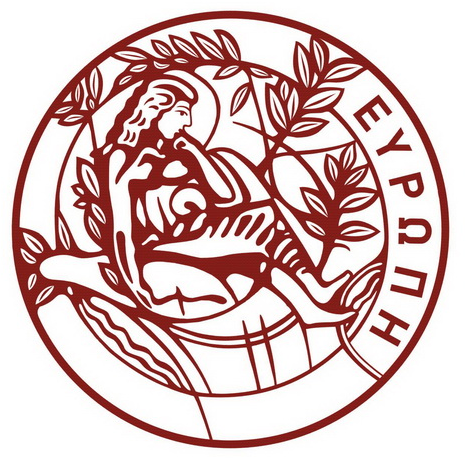PhD Candidate
ALEKSANDROS MIMIDIS
amimidis@materials.uoc.gr
Phone
Office
Personal web page
Title
Αλληλεπίδραση Υπερβραχέων Παλμών Laser με Διηλεκτρικά για την Ανάπτυξη Βιομιμιτικών Δομών
Supervisor
KIOSEOGLOU GEORGIOS, Associate Professor, Materials Science & Technology Dept. - UOC
Committee Members
PAPAZOGLOU DIMITRIOS, Associate Professor, Materials Science & Technology Dept. - UOC
STRATAKIS EMMANOUIL, Researcher A, FORTH, Heraklion Crete GREECE
Abstract
Nature has provided a plethora of functional surfaces optimized to handle a variety of challenges that plant or animal species have to overcome. As an example, moisture harvesting lizards (Phrynosoma platyrhinos) feature remarkable skin wettability which allows them to live on arid regions. Similar wetting properties are also found on bark bugs (Dysodius species). In this work functional surfaces were fabricated on dielectrics (UV grade fused silica) targets by applying circularly polarized, focused, ultrashort pulses in the near IR regime. By controlling the irradiation parameters (polarization, peak fluence and effective number of pulses per spot diameter) several types of Laser induced periodic surface structures (LIPSS) were realized, which were studied and utilized to texture surfaces in order to mimic the natural archetype. Complementary to surface texturing, as a second step, laser ablation induced capillary channels were superimposed on laser pre-textured surfaces covered with LIPSS, specifically a) micro-grooves and b) micro/nano-spikes, at different inter-channel distances. The interplay of this dual roughness allowed the tailoring of the surface wetting properties. Additionally to the morphological resemblance, fluid transport tests using water revealed remarkable fluid transport velocities. These bioinspired technical surfaces were found to demonstrate extraordinary wetting properties facilitating passive, swift, fluid transport along the direction of the capillary channels that remained unchanged even after three months.


